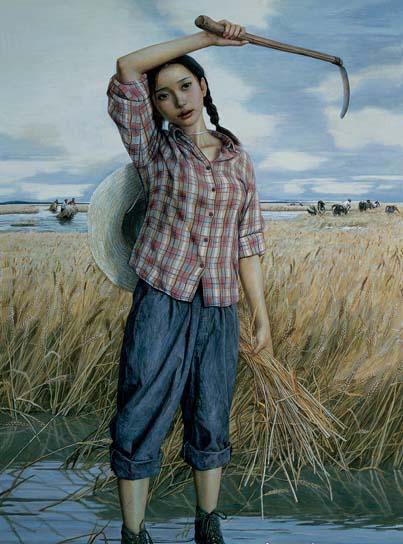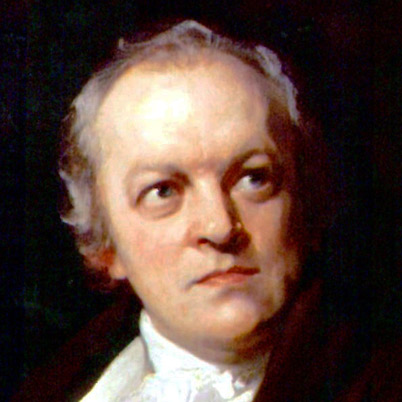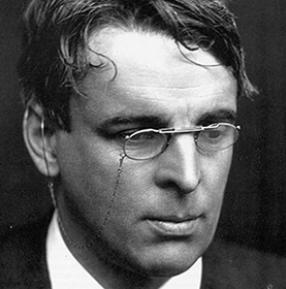“The Echoing Green” (also spelled as “The Echoing Green” in Blake’s original manuscript) by William Blake was published in 1789 as part of his celebrated collection of poetry entitled Songs of Innocence.
The Songs of Experience was published in 1794 as a follow-up to Songs of Innocence. The two books were then published together under the merged title Songs of Innocence and Experience, showing the Two Contrary States of the Human Soul: the author and printer, W. Blake featuring 54 plates.
The concepts of ‘innocence’ and ‘experience’ were outlined in the poems of the respective collections. “The Echoing Green,” belonging to the former, speaks of childhood and the play associated with this time of innocence in the human life cycle.
About the Poet:
William Blake was born in London on 28th November 1757. From early childhood, Blake spoke of having visions. Though his parents discouraged him from “lying,” they observed that he was different from his peers and did not force him to attend conventional school. He learned to read and write at home. At ten, Blake expressed a wish to become a painter, so his parents sent him to drawing school. Two years later, he began writing poetry. When he turned fourteen, he apprenticed with an engraver because art school proved too costly.
In 1782, Blake married an illiterate woman named Catherine Boucher. He taught her to read and write and also instructed her in draftsmanship. Later, she helped him print the illuminated poetry for which he is remembered today.
Blake’s first printed work was Poetical Sketches (1783). In defiance of 18th-century neoclassical conventions, he privileged imagination over reason. Works such as “The French Revolution” (1791), “America, a Prophecy” (1793), “Visions of the Daughters of Albion” (1793), and “Europe, a Prophecy” (1794) express his opposition to the English monarchy and 18th-century political and social tyranny in general. Theological tyranny is the subject of The Book of Urizen (1794).
Milton (1804-08), Vala, or The Four Zoas (1797; rewritten after 1800), and Jerusalem (1804-20) have neither traditional plot, characters, rhyme, nor meter. They envision a new and higher kind of innocence, the human spirit triumphant over reason.
Blake died in 1827.
The Echoing Green: Setting
This poem seems to be set in any average wooded region of the British countryside. However, this landscape exists in the poet’s mind as an embodiment of that period in a human being’s life when he is innocent. That is why this poem focuses on the joys of nature and childhood.
The Echoing Green: Summary
The poem consists of 3 stanzas. Each of these stanzas is again made up of 10 lines. Hence, the entire poem consists of 30 lines in total.
1st stanza:
“The sun does arise,
And make happy the skies.
The merry bells ring
To welcome the spring.
The skylark and thrush,
The birds of the bush,
Sing louder around,
To the bells’ cheerful sound,
While our sports shall be seen
On the echoing green.”
In this stanza, the poet describes how the skies are made happy by the rising of the sun. It is springtime on the green, and bells are being rung to welcome this loveliest of seasons. The Skylark and the thrush have flown back to the north at this time. Many birds are perching on the tops of the bushes outlining the area covered by the green. These birds are singing along to the tune of the ringing bells to produce a euphonious melody. The poet identifies himself with the children playing on the green and says that their play is clearly seen as the green echoes with all the cheerful sounds of spring.
2nd stanza:
“Old John with white hair
Does laugh away care,
Sitting under the oak,
Among the old folk.
They laugh at our play,
And soon they all say:
‘Such, such were the joys
When we all, girls and boys,
In our youth-time were seen
On the echoing green.”
In this stanza, the poet shows that he has not entirely forgotten the aged while speaking about children. He looks at a group of older citizens sitting in the large and comfortable shade of an oak tree. Among this group, he isolates a man named John, for he is in a very merry mood. It seems as if he has been able to forget all the things that were making him anxious previously and is now quite relaxed. When the older generation sees their progeny at play, they reminisce about their own childhood. They say that they had been as happy as the children are now, for they had also had their season of joys on the green, which echoed with the pleasant sounds of spring back then as well.
3rd stanza:
“Till the little ones weary
No more can be merry;
The sun does descend,
And our sports have an end.
Round the laps of their mother
Many sisters and brothers,
Like birds in their nest,
Are ready for rest;
And sport no more seen
On the darkening green.”
In this stanza, the poet says that the younger children become tired fast and cannot play anymore. So then they rest their heads on the laps of their mothers. Brothers and sisters lie together, resting in the same place, just as little birds do in their nests. As a result, no one else can be seen playing on the green anymore as the sun sets and the whole area becomes dark. You can also refer to The Echoing Green: Analysis here.
Some online learning platforms provide certifications, while others are designed to simply grow your skills in your personal and professional life. Including Masterclass and Coursera, here are our recommendations for the best online learning platforms you can sign up for today.
The 7 Best Online Learning Platforms of 2022
- Best Overall: Coursera
- Best for Niche Topics: Udemy
- Best for Creative Fields: Skillshare
- Best for Celebrity Lessons: MasterClass
- Best for STEM: EdX
- Best for Career Building: Udacity
- Best for Data Learning: Pluralsight













